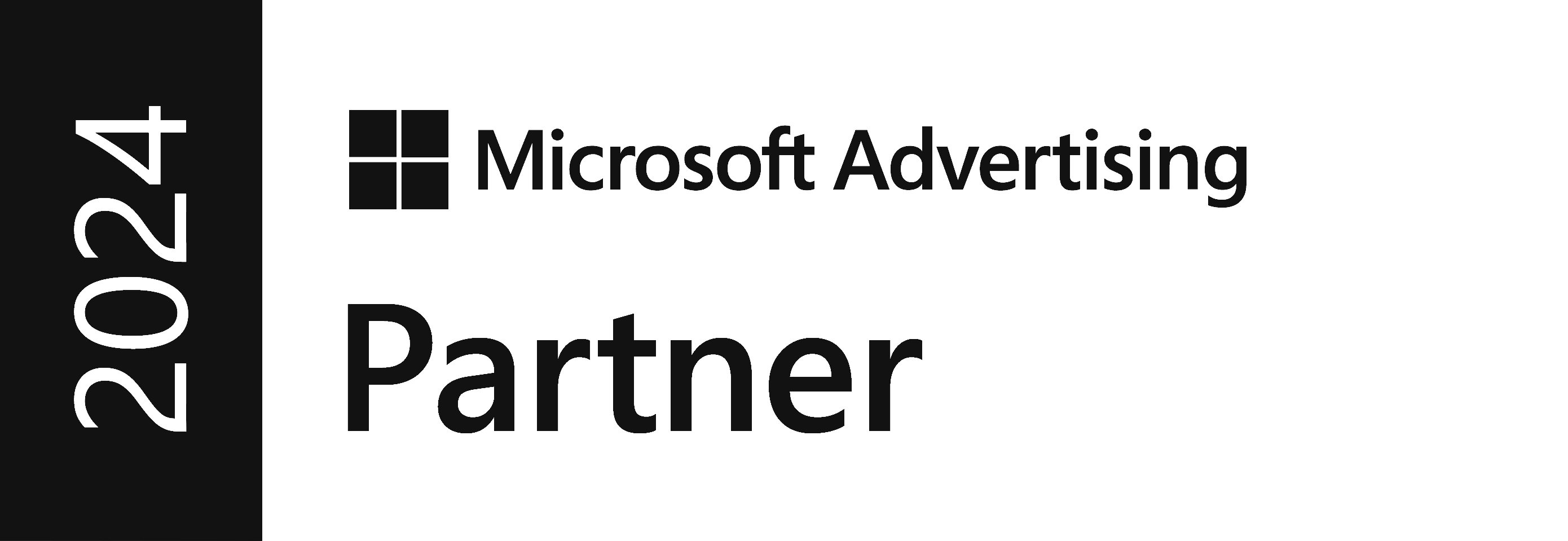As generative AI rapidly reshapes the digital landscape, marketers are encountering a whole new vocabulary, from “LLMs” to “prompt engineering” and everything in between. Whether you're experimenting with ChatGPT, exploring AI tools like Copilot, or simply trying to keep up with client conversations, understanding the language of AI is becoming essential. This glossary breaks down key terms in simple, jargon-free language, helping you and your team stay confident, informed, and ahead of the curve.
Agentic AI
Agentic AI refers to AI systems that can make decisions, take actions, and pursue goals somewhat independently, without the need to new instructions at each step. Autonomous vehicles and customer service chatbots are examples of generative AI, because they make decisions autonomously based on their purpose.
AGI (Artificial General Intelligence)
AGI is the idea of a super-smart AI that can understand or learn anything a human can, across any topic or task. It’s not limited to one skill or task like today’s AIs. Think sci-fi movie; a robot or program that could do your taxes, paint a picture, and give relationship advice equally well.
AI (Artificial Intelligence)
AI is any computer system that mimics human thinking or behaviour like understanding language, recognising images, and making decisions. It ranges from simple chatbots to complex tools like ChatGPT.
AI ethics
AI ethics refers to the principles and guidelines that ensure artificial intelligence is used responsibly, fairly, and safely. It covers issues like privacy, bias, copyright, transparency, accountability, and the potential impact of AI on society.
AIO (Artificial Intelligence Overview)
AIO is a term used to describe high-level summaries. This acronym is most commonly used in digital marketing and SEO to refer to the AI Overviews that often appear in search engine results.
Anthropomorphism
This is when we treat or talk about AI as if it were human, just like how humans tend to see faces in inanimate objects, or attribute personality to things. It can help us relate to technology, but also sometimes leads to personification, like saying “ChatGPT knows the answer” when it’s just generating text based on patterns.
Bias
AI bias happens when an AI system reflects or amplifies unfair patterns or stereotypes from the data it was trained on. This can lead to misleading or even harmful outcomes. An example would be a sportswear company finding that AI generates content focusing on performance for menswear and content focused more on aesthetics for women’s clothing because of inherent gender bias.
Chain of thought prompting
This is a prompting technique where you ask an AI to show its reasoning step-by-step, rather than jumping straight to an answer. This often leads to more accurate and logical responses, especially for complex questions or problem-solving.
Chatbot
A chatbot is a program that simulates conversation with users. It can be simple (answering FAQs with standard responses) or advanced. They’re often used in customer service or on websites.
ChatGPT
ChatGPT is a conversational AI developed by OpenAI. It can answer questions, generate content, summarize text, and more, by chatting with users in natural language.
Claude
Claude is an AI chatbot, made by Anthropic, known for being polite, helpful, and focused on safety. It’s similar to ChatGPT and used in a range of business and creative settings.
Copilot
Copilot is Microsoft’s integrated AI assistant designed to help people complete tasks more efficiently in tools like Microsoft Word, Excel etc. You can think of it like an integrated, task-specialised version of ChatGPT or Claude.
Deep research
This refers to using AI to perform in-depth, multi-step research. It searches, analyses, and summarises information from various sources to create comprehensive, documented reports. It helps marketers and analysts speed up content reviews or industry scans, as well as conducting their own in=depth research without the need for time-consuming manual research.
GANs (Generative Adversarial Network)
GANs are a type of generative AI model composed of two neural networks working together to generate output; a generator and a discriminator. The generator creates new content, and the discriminator checks to see if it's correct.
Gemini
Gemini is Google’s family of generative AI models, like ChatGPT but integrated more deeply into Google’s tools and services (like Docs or Search). It’s part of Google's push into AI-first products.
Generative AI
Generative AI creates new content, such as text, images, or music, from patterns it’s learned. Unlike traditional AI that just classifies or analyses, generative AI can make things.
GEO (Generative Engine Optimisation)
GEO is the practice of optimising content to appear in AI-generated responses from search engines and chatbots. Unlike traditional SEO which focuses on ranking in search results, GEO aims to get your content cited and referenced when AI systems generate answers to user queries.
Guardrails
Guardrails are built-in rules that help keep AI systems operating safely and appropriately. They prevent AI from generating harmful, biased, or off-topic content, and help ensure it behaves in line with ethical guidelines or brand standards. An example would be an healthcare chatbot that has guardrails to stop it giving a medical diagnosis.
Hallucination
Hallucination is a common problem in generative AI when the system confidently gives a wrong or made-up answer. It sounds real but isn’t based on facts.
LLM (Large Language Model)
LLMs are powerful AI models trained on massive amounts of text so they can understand and generate human language. They’re the engines behind tools like ChatGPT and Claude.
Multimodal AI
This is AI that can work with multiple types of data, like text, images, video, and sound, simultaneously. It can understand a picture and a caption, or create an image from a sentence.
NLP (Natural Language Processing)
NLP is the field of AI focused on understanding and working with human language. It powers tools like spell checkers, translation apps, and chatbots.
Perplexity
Perplexity is an AI-powered search engine that combines traditional web search with conversational responses, like a blend of Google and ChatGPT. It tends to be better than other LLMs at citing its sources.
Prompt
A prompt is the input you give to an AI tool to get a result, like a question or command. The better your prompt, the better the AI’s response.
Prompt chaining
This is when multiple prompts are used in a sequence to complete a bigger task. Each step builds on the previous one, like giving instructions in stages.
Prompt engineering
Prompt engineering is the art of crafting clear, precise prompts to get the best possible results from AI. It’s become a key skill for marketers and content creators using generative AI.
SGE (Search Generative Experience)
SGE is the new AI-powered search that gives you direct answers instead of just links, kind of like a smart summary at the top of your search results. It's essential what gives us AIOs which are becoming prominent in search results.
Tokens
Tokens are the building blocks of AI language models. They’re chunks of text (like words or parts of words) that AI uses to process language. When you input a prompt into an AI, it’s converted into tokens to be processed. The more tokens, the longer or more complex the input/output, which is why OpenAI recently revealed that saying please and thank you actually costs the company millions.
Zero shot prompting
This is when you give AI a brief prompt without context or specific details - think the kind of partial sentence, complete with spelling mistakes and zero punctuation prompts we all pop into AI now and then!
If you need help making sense of the world of generative AI and how it can be used safely, efficiently, and effectively in your business, get in touch to find out how our range of AI training courses can help.
1st Floor, Alphin Brook House,
Alphin Brook Road,
Exeter EX2 8RG
MORE THAN
Digital
Marketing.
View our sustainability page.
PPC for B2B
PPC for Law Firms
PPC for Luxury Ecommerce Brands
PPC for Travel and Tourism
GEO Audit






